
Advertising for retail businesses: how to improve ad strategy
- Author: Lizaveta Zhuk
From the way users keep in touch with their friends, to the way they get their news, they’re like the wind moving everything online. The truth is that shopping is no exception. For the last few years, users have evaluated the convenience of purchasing items wherever they are, and don’t plan to stop. Nowadays, there are more than 4.11 billion online shoppers in the world. With the current world population of 7.9 billion, it means that 52% of all people that are alive are digital buyers.

Source: Statista
It’s no surprise that the world is slowly but surely moving online — and shopping is no exception. In the past few years, online shopping has gone from being non-existent to becoming a multibillion-dollar industry. Purchasing items online has become a common practice among millions of people around the world. However, online shopping behavior constantly changes and evolves, becoming more thoughtful, conscientious, and even creative.
With these points, how should retailers adapt and react to efficiently interact with users and drive sales? Let’s look at five new shopping trends that are here to stay and how e-commerce brands can improve ad strategies to meet buyers on their terms.
Gen Z prefer trusted brands over trends
The first generation of “digital natives” never knew a world without the internet, and devices have been power driving $360 billion in disposable income. Meanwhile, marketing for this generation can be tricky for brands. One of the reasons is prejudices about Zoomers.
On the one hand, Zoomers are really tech savvy, progressive, more radical and take time to evaluate their options before making a purchase. On the other hand Gen Z is a synonym to trends, hype, fashion and modernity. Somehow it’s considered that they are trendier and hyper shoppers. The truth is Gen Z prioritize a brand they love and trust significantly higher than finding something trendy.
So it’s important for brands to create a positive shopping experience for becoming the most loved brand and encourage repeat purchases.
Mobile shopping continue to gain popularity
From the way we keep in touch with friends, to the way we get news, users are slowly but surely moving everything mobile — and shopping is no exception. Smartphones are fast becoming the preferred channel. According to Statista, mobiles accounted for over 70% of all retail website visits worldwide, and in turn, there are increasing numbers of tapping “Buy” on smartphones compared to desktop and tablets.
Meanwhile, apps are also rising in popularity. According to Insider Intelligence, 80% of mobile time is spent in-app versus in web browsers. Moreover, users who are using a brand’s mobile app are more likely to be loyal and have higher lifetime value. It can be proved by Kantar study.

Source: Kantar
However, it’s still essential for brands to keep balance between computer and mobile screens. Although mobile commerce is growing in popularity, the average order value via smartphones and tablets is still behind online sales on desktop computers.
Offline is come back: users opt for online, but offline is still here as well
There’s been a rapid evolution in consumer behavior since COVID-19. A lot of users had tried online shopping for the first time, and it was a trigger for a new age of shopping — online. They evaluated the convenience of online purchasing wherever they are, flexibility, opportunity to find the best deal etc. so no wonder users plan to continue purchasing online — 47% of users think they’ll shop more online in the future.
Meanwhile, offline retail and in-store purchases will continue to be one of the main competitors for online. More than 2 in 5 Zoomers tend to shop in offline retail stores than online (that has increased by 5% since 2020) making the offline shopping experience increasingly important for the younger generation.
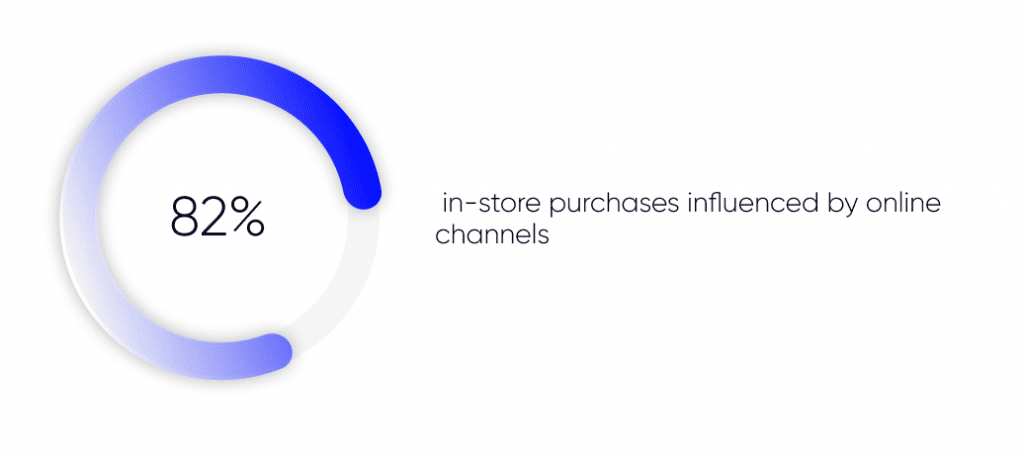
Source: Retail Minded
In this point, we can see that customers move toward a mixed shopping experience of purchasing online and offline — “phydigital retail”. While it’s rising in popularity, brands need to switch their attention on creating the ultimate hybrid shopping experience for customers to win the race and drive business outcomes.
Consumers are looking for quality, and pay less attention to costs
With the rising cost of living, shopping behavior looks different. Users start to not only stick to their budgets but also do research before purchasing items more often and reprioritize purchases. Surprisingly, customers tend not to find the best deals and buy cheaper goods. On the contrary, they pay attention first to quality — 53% of users choose quality as the most important purchase factor, while cost is a secondary consideration at 36%.
Other rising purchasing factors include brand trust, good reputation, and positive customer reviews. In order to stay ahead of competitors, brands need to focus on building customer loyalty, confidence and excellent shopping experience.
How to interact with online shoppers to increase revenue and achieve success
With consumer behavior shifting so rapidly, it can be tricky for brands to choose the right strategy to reach their customers. There are so many factors to consider that it may be confusing but let’s bite the bullet and learn how to improve ad strategies to reach modern customers efficiently.
Implement video advertising in your media-mix
The key to a positive shopping experience and long-term relationships with customers is providing users information they can trust, which will make them more satisfied with their final purchase. Nowadays, life is too busy to have time to read long product descriptions or dig deep into services. Video is a great tool for learning, but it’s also super easy to consume.
Brands can use video to tell their story to the target audience, provide clear information about their services, tell them about special offers, and do it in a highly engaging way. In this case, videos not only deliver information but also help connect brands with users, trigger emotions necessary to create long-term relationships and increase life-time value.
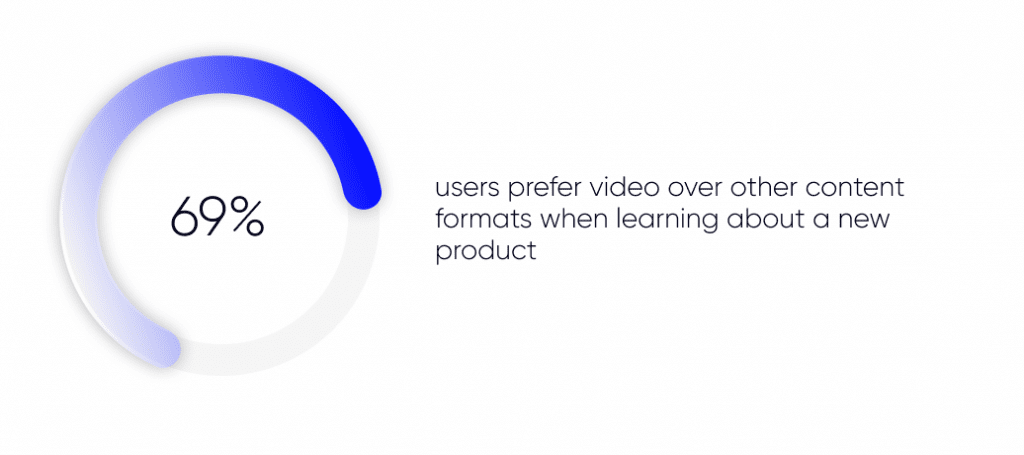
Source: smallbizgenius
Video ads may be used in upper-funnel ad campaigns in order to drive user engagement, tell audiences about new products or maintain interest in current services. If you decide to use videos in ad strategies, try not to be intrusive. It’s better to give an opportunity for users to watch a video without sounds, it would help to increase loyalty for your ads. For instance, 85% of Facebook videos watched are without sound.
Adapt omnichannel advertising
Nowadays users purchase across the web, in-app, and in-store. Moreover, they expect a seamless experience across each channel. For brands, this requires an omnichannel marketing strategy to boost online and offline sales.

Source: Think with Google
Even if users plan to make an offline purchase, they tend to check information and make pre-purchase research online. By supercharging online ad campaigns with the right tools and strategies, brands can increase their online presence and encourage their target users to make purchases.
One of the most efficient ways to do that is to use different channels and advertise across screens through customer journeys (about customer journey maps you can learn here). For instance, as 47% of Gen Z and millennials use social platforms for product research to make purchase decisions, brands can use promo posts or story ads on social networks and combine it with search ads or video ads depending on the stages of the target audiences’ customer journey.
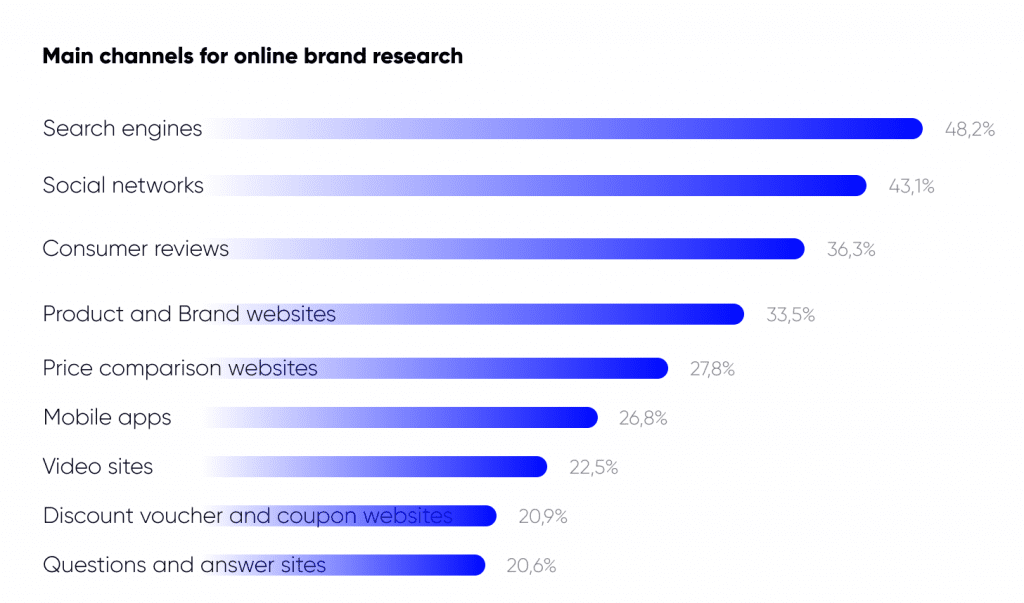
Source: DataReportal
Use mobile and in-app advertising
As buyers spend more time using their mobile for shopping and researching brands, using advertising on smartphones or tablets and in applications is a critical lever that can help brands interact with their potential customers and increase sales.
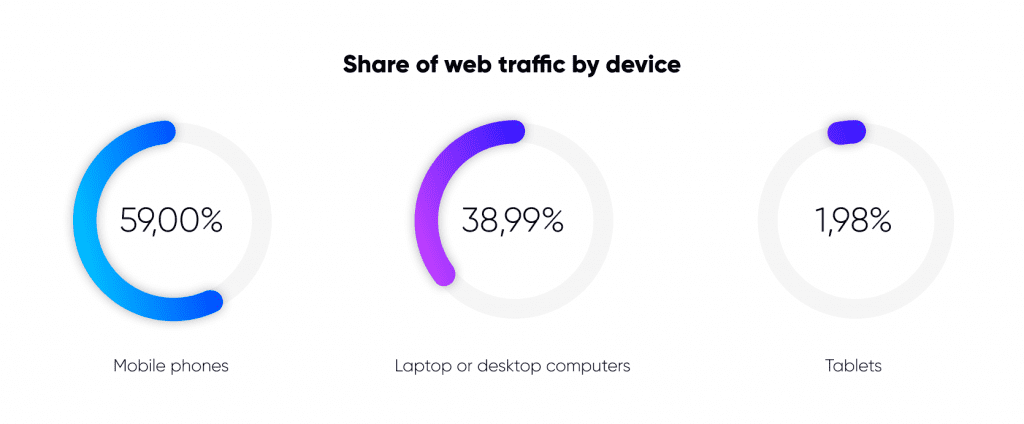
Source: Data Reportal
Despite the goal a brand looks to achieve, in-app advertising may help do it. With a wide range of ad formats, including interactive, it may become a greater additional channel for your ad to drive user engagement and attract quality traffic to a site or an app or even a single ad campaign. Moreover, due to some peculiarities of targeting options it may become an alternative channel for a cookieless future.
Keep full-funnel ads strategy
Customers never stop looking for something new with good value and great experience.
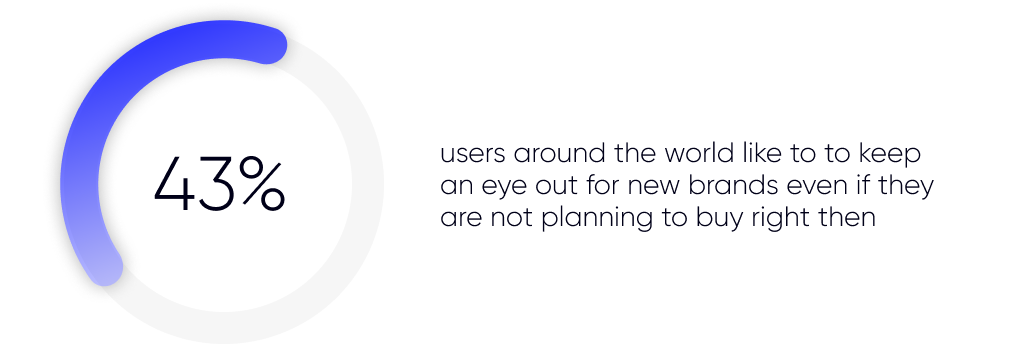
Source: Think with Google
As the main part of shopping journeys is spent more online and users require more brand trust for purchases, it’s more essential now than ever for brands to show up during those moments of discovery, step by step increasing awareness and users loyalty. Moreover, it’s important to be at the same pace with your audience. It may give brands a good opportunity to warm up and inspire potential customers, connect with them and communicate value that ultimately will deliver great results in the future.
One of the best tools for communicating and engaging with them at each stage of the buyer journey is programmatic advertising. NT is the only complete solution to reach your target audience exactly where they are — with the right creative, at the right time. With machine learning algorithms and artificial intelligence at the heart of the platform, NT DSP better understands the brand’s target audience and reaches them where they are with ads relevant to them. So brands will manage to continue communication with certain users across all digital channels with different ad formats providing seamless experience, growing loyalty and interest in its brand.
Contact us today and we will help you to drive your performance with programmatic advertising: info@nt.technology.

Source: Data Reportal
How programmatic help drive sales by 2.1 times for jewelry brand
Our client was an online jewelry store. In a highly competitive category, the client wanted to gain more awareness and sales of a new collection.
Experience of the latest client’s ad campaigns has shown that advertisements with real people attract users better. Therefore, our design team created such banners for each audience segment. Additionally, we use social ads that help us drive users’ engagement and attract them to the online store. To get conversions, we utilized dynamic retargeting. We re-interacted with high-intent users who have already visited the site and did some actions and displayed banners with items they were interested in. For instance, we show ads for users who:
- who watched product cards;
- who added products into their cart, but didn’t place an order.
In order to restrict the audience and drive more conversions, we looked at synthetic traffic metrics such as bounce rate, average time and page depth. This served as an additional parameter when setting up audience segments for dynamic remarketing and helped interact with highly engaged audiences.
As a result we achieved:
- 2.1 times increase in purchase of jewelry
- 115.1% ROI
Bottom line
In a highly competitive and rapidly changing world, it’s essential for brands to adapt to changes, evolve and improve marketing strategies to stay in touch with customers. It’s tough to do that on your own but a reliable partner such as NT Technology can help you and manage your advertising campaigns to let you focus on developing your business.
Read also
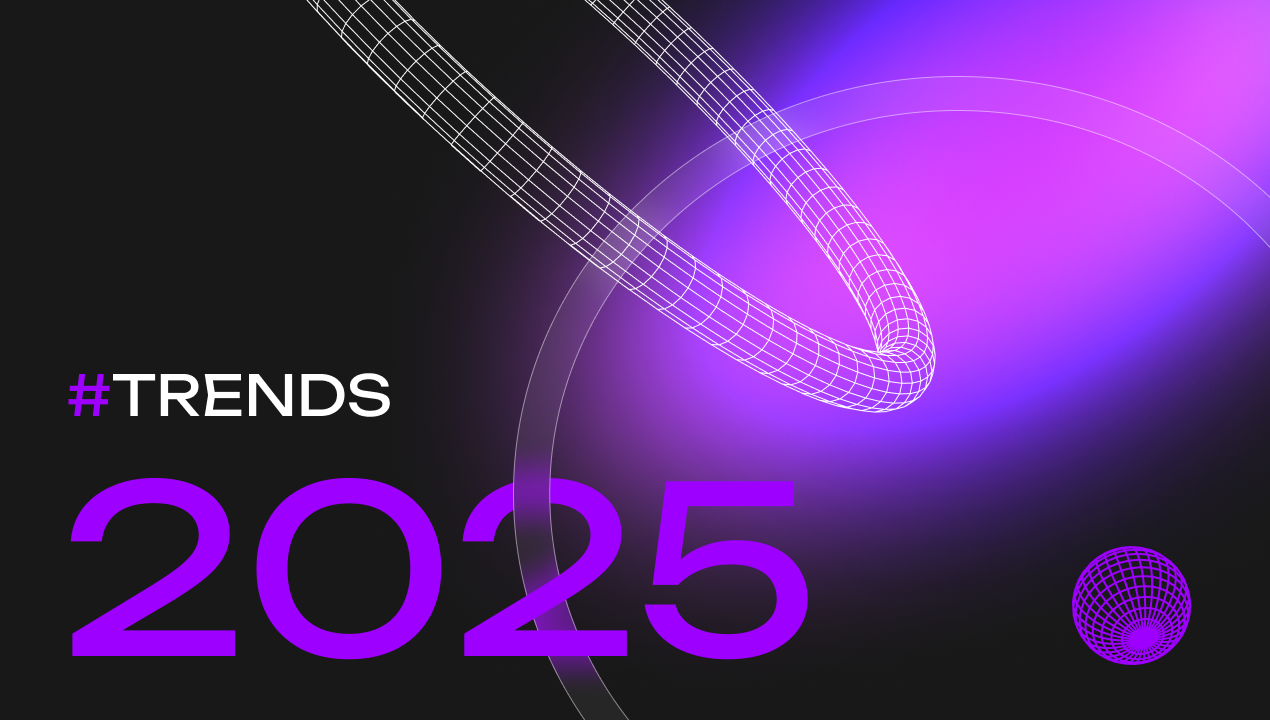













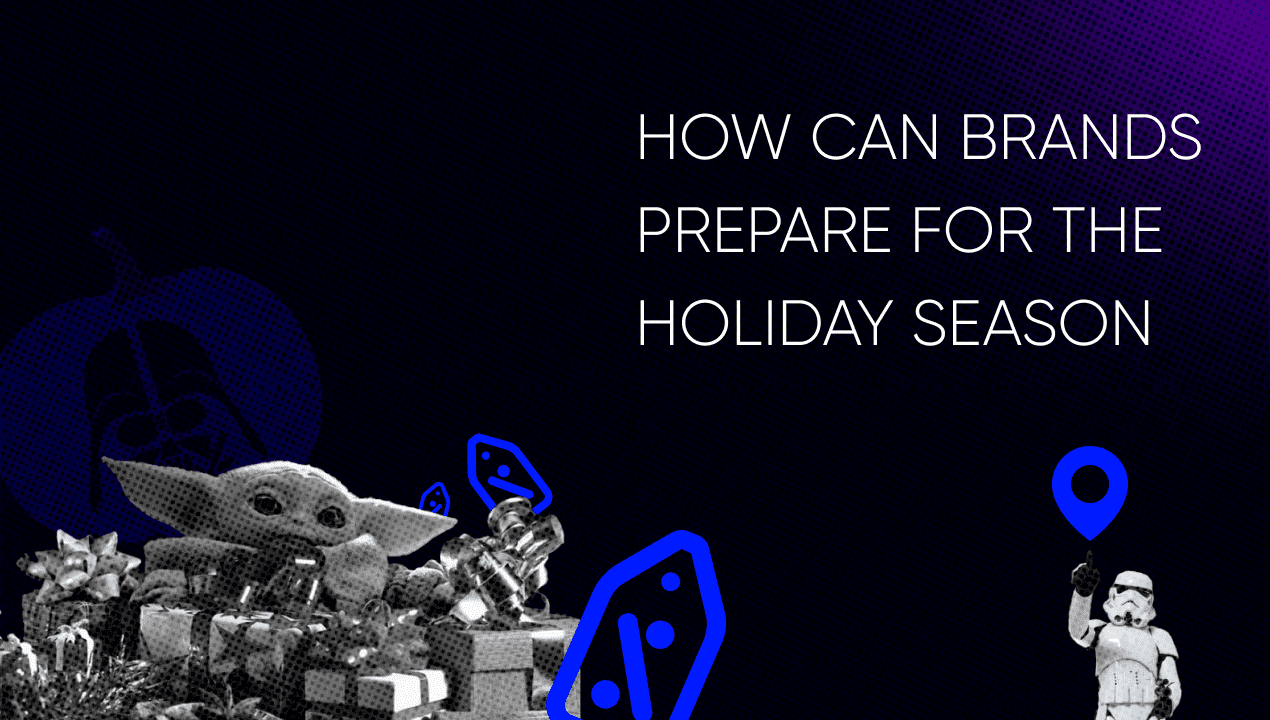








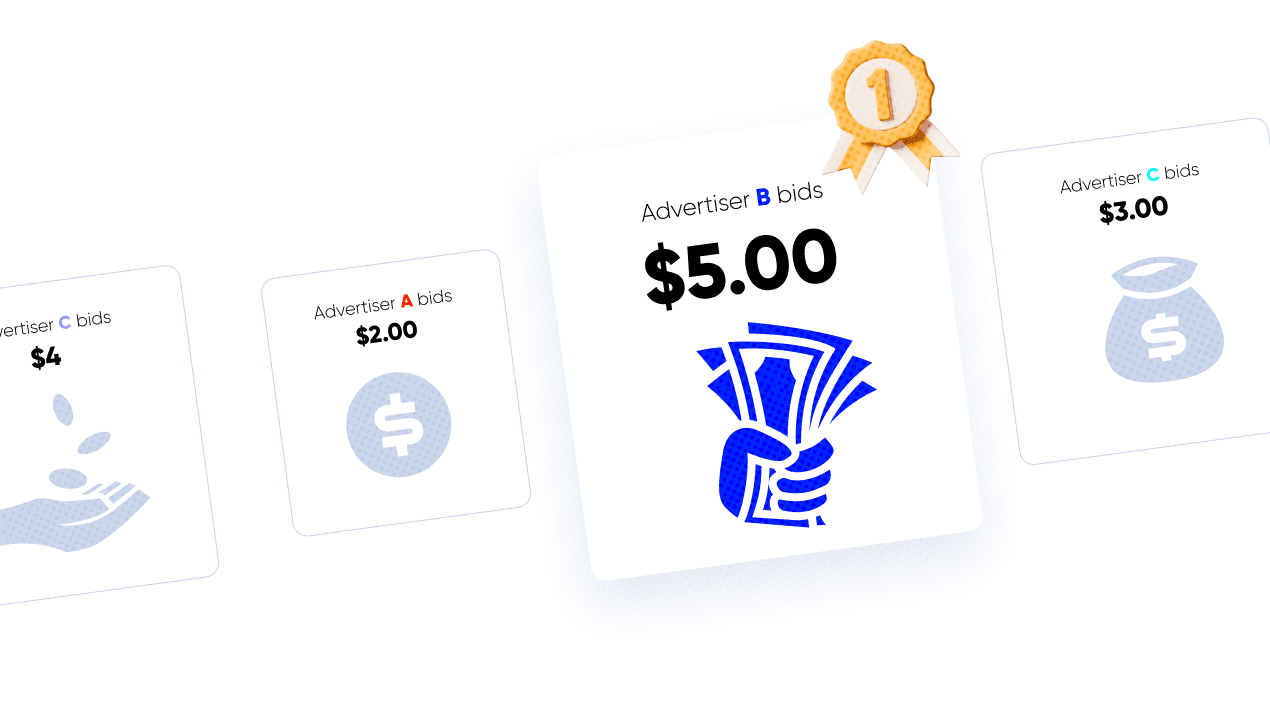



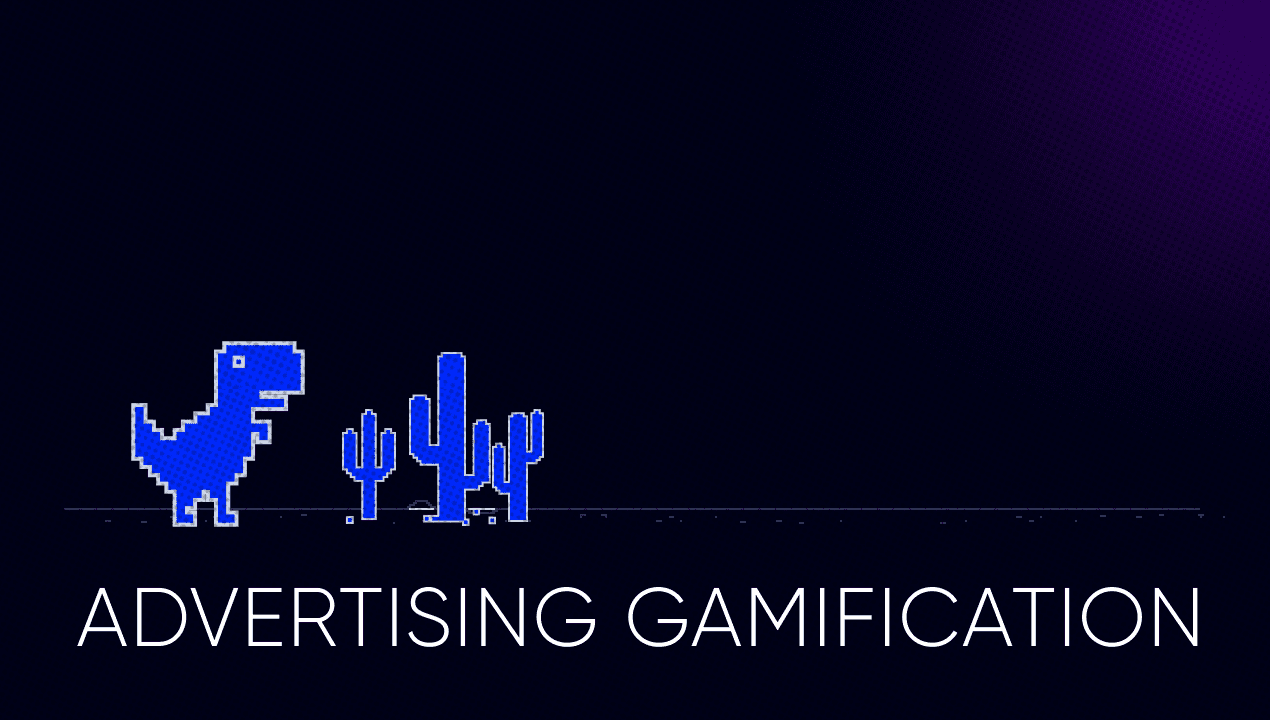

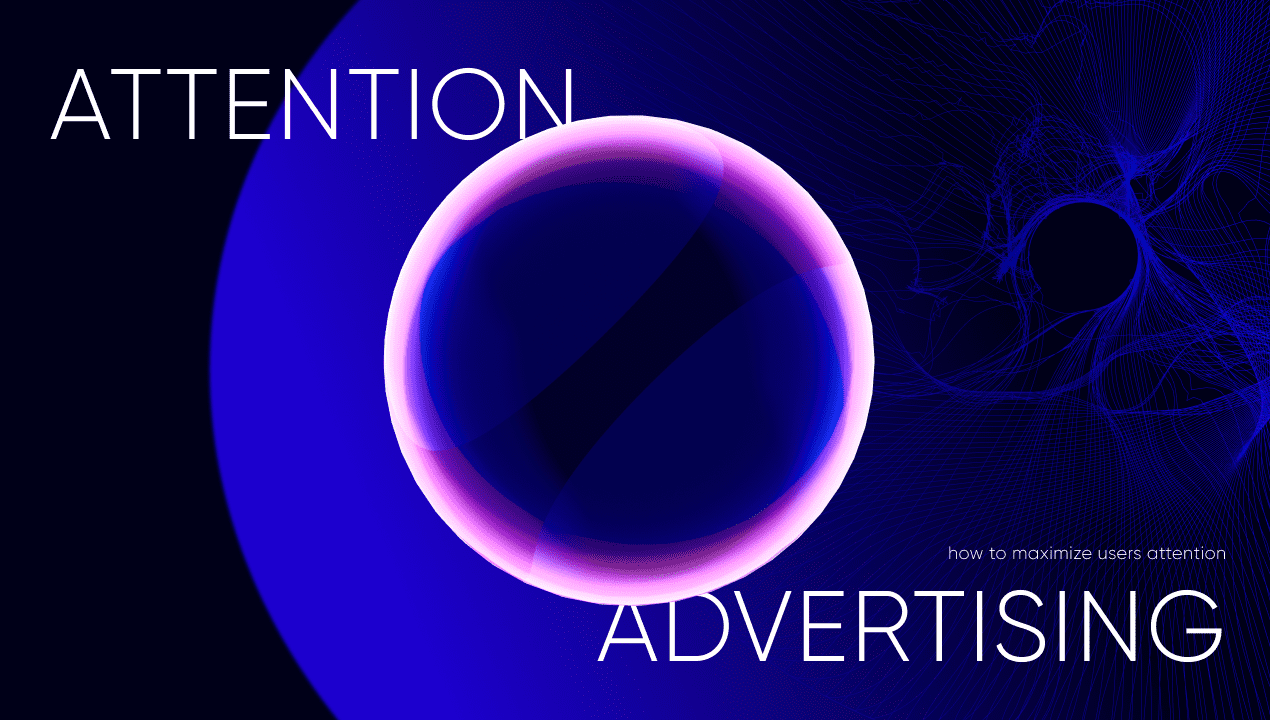

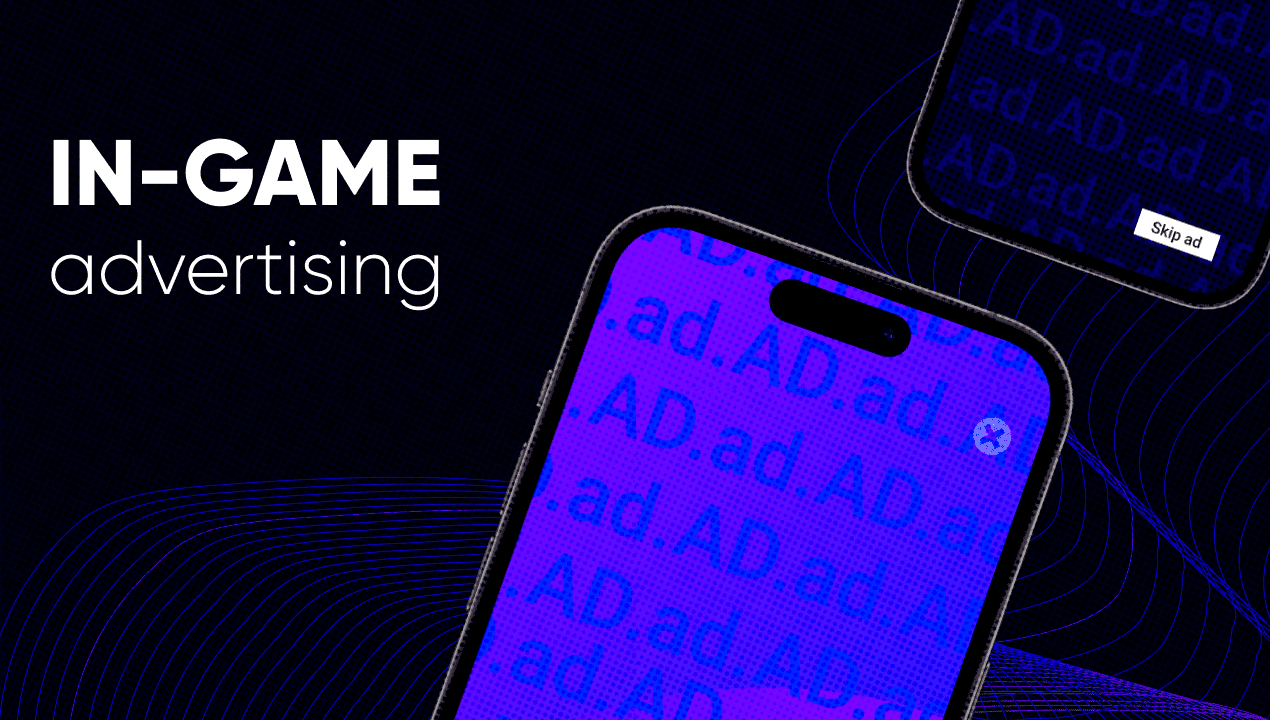


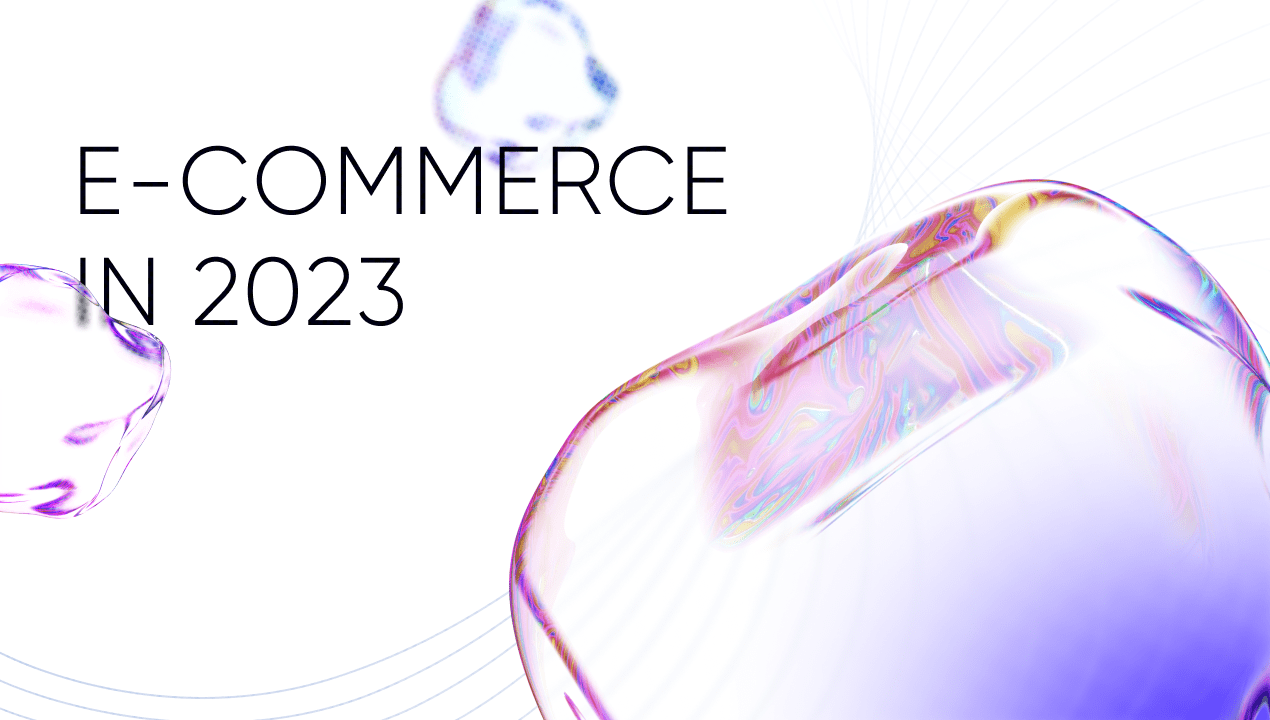

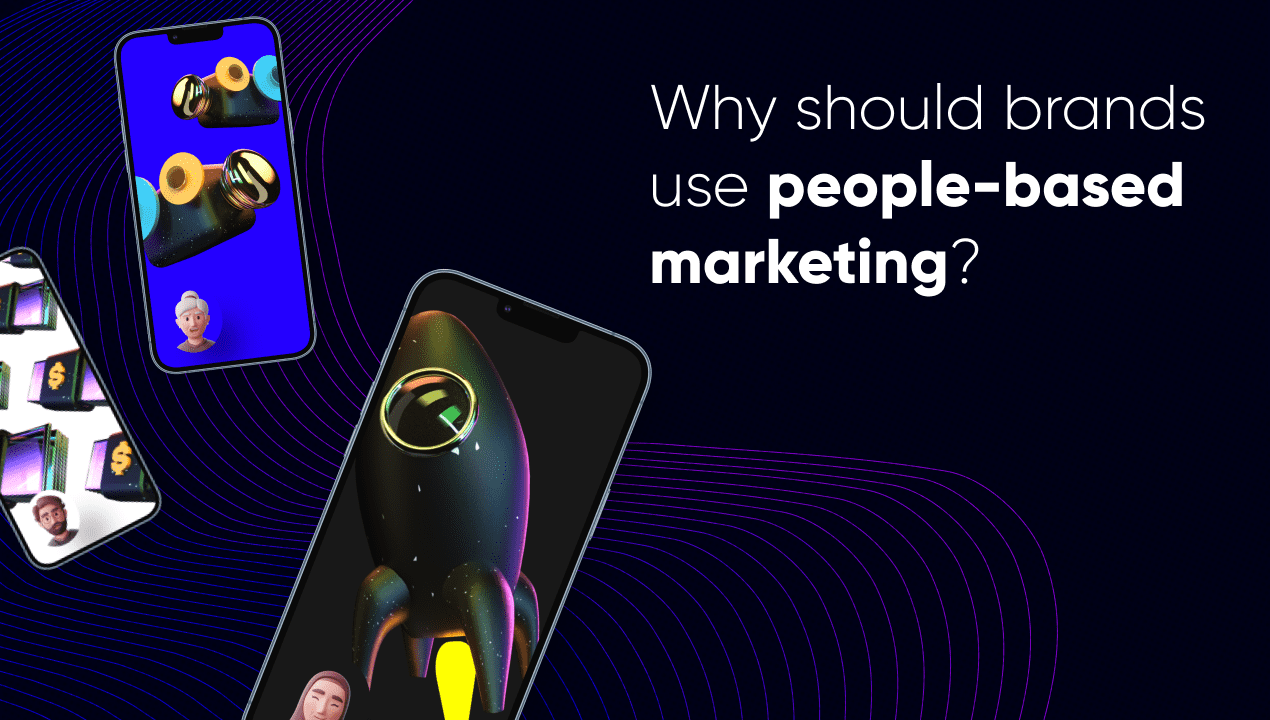












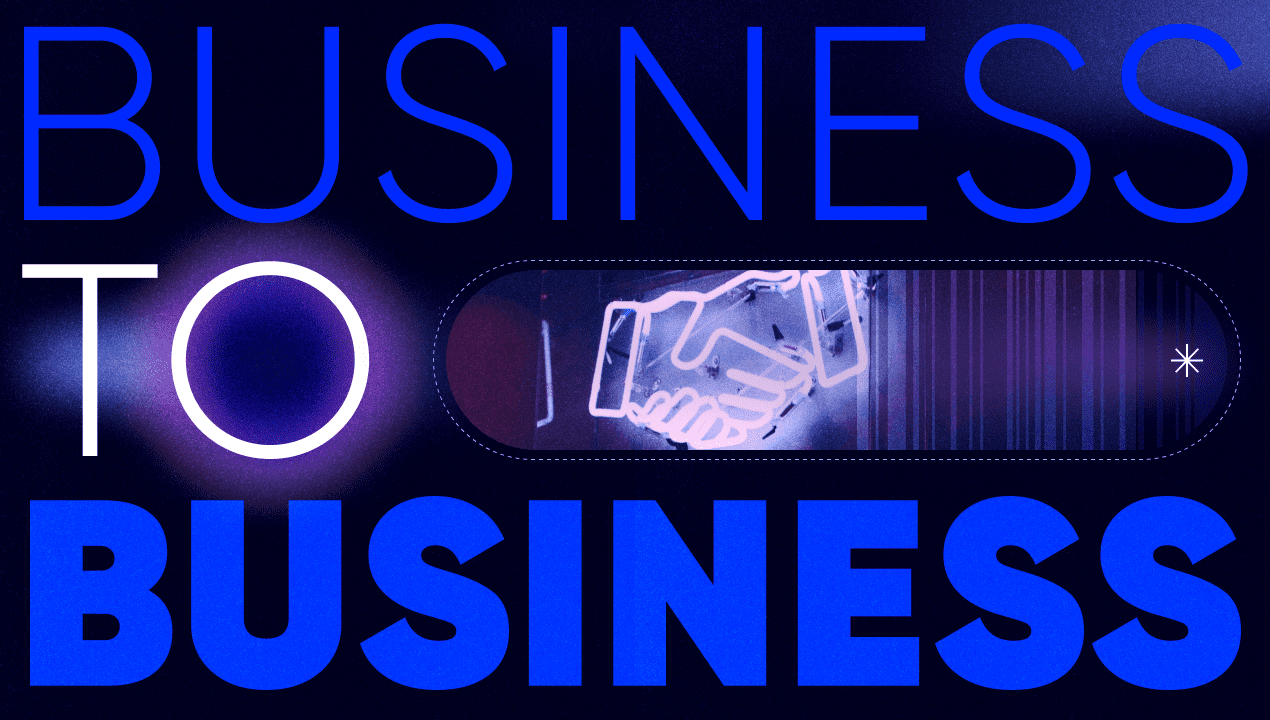










Read also



























































